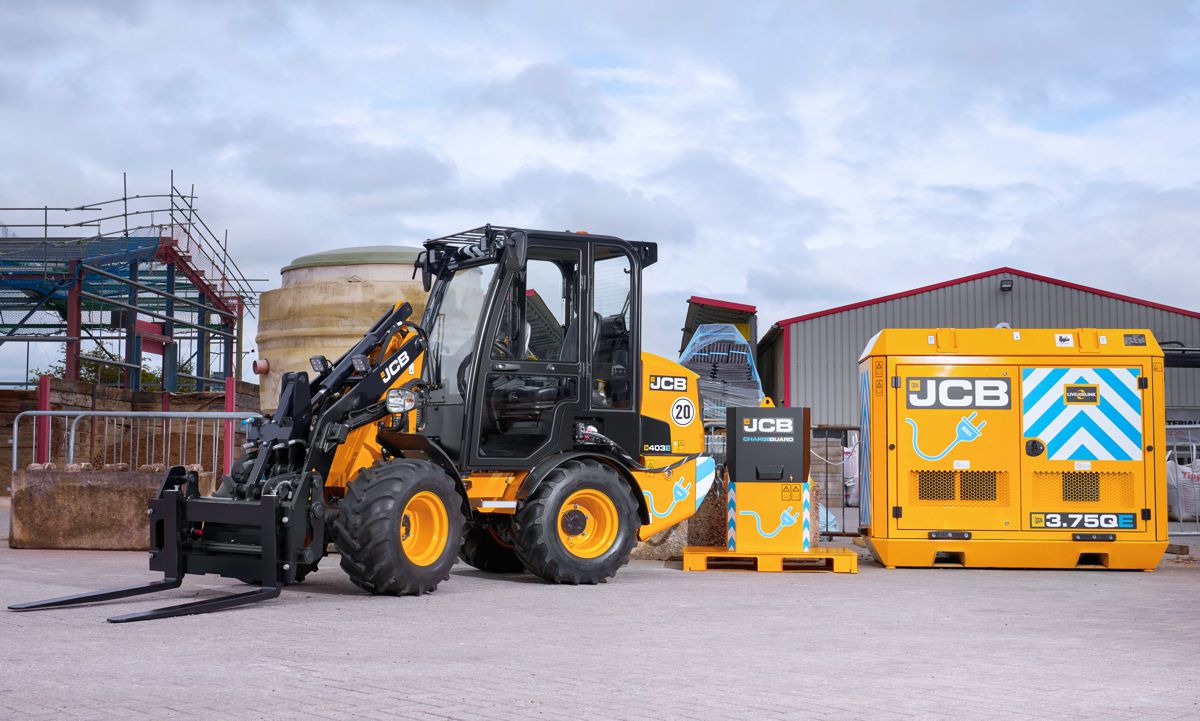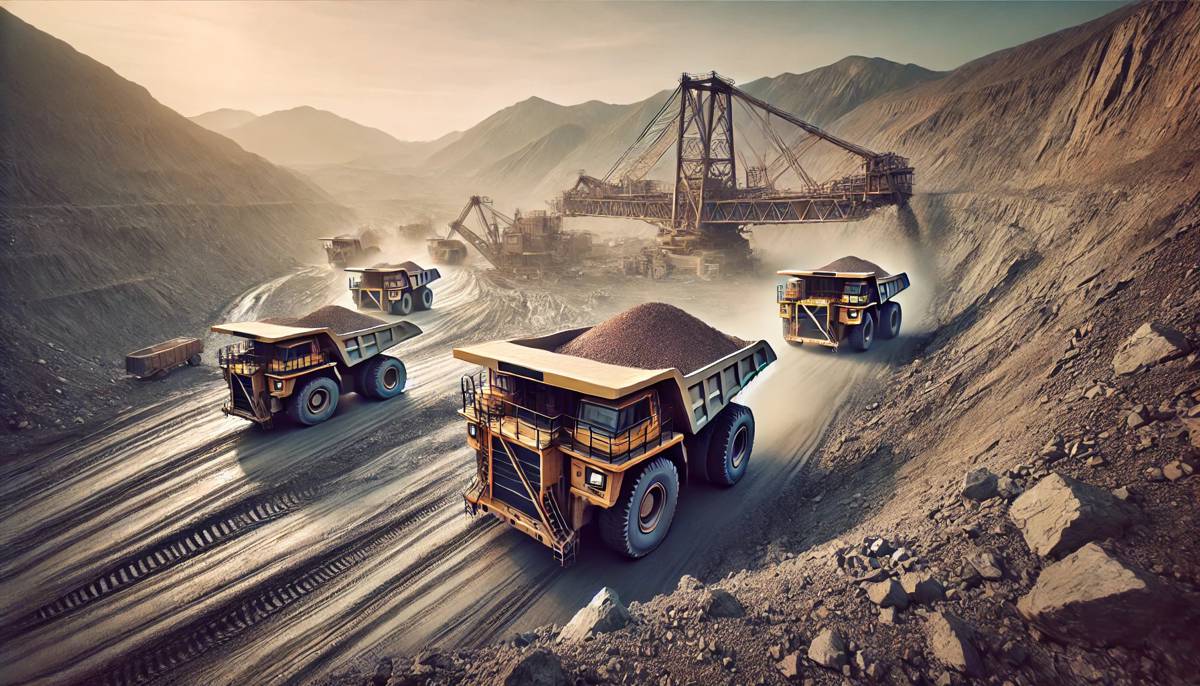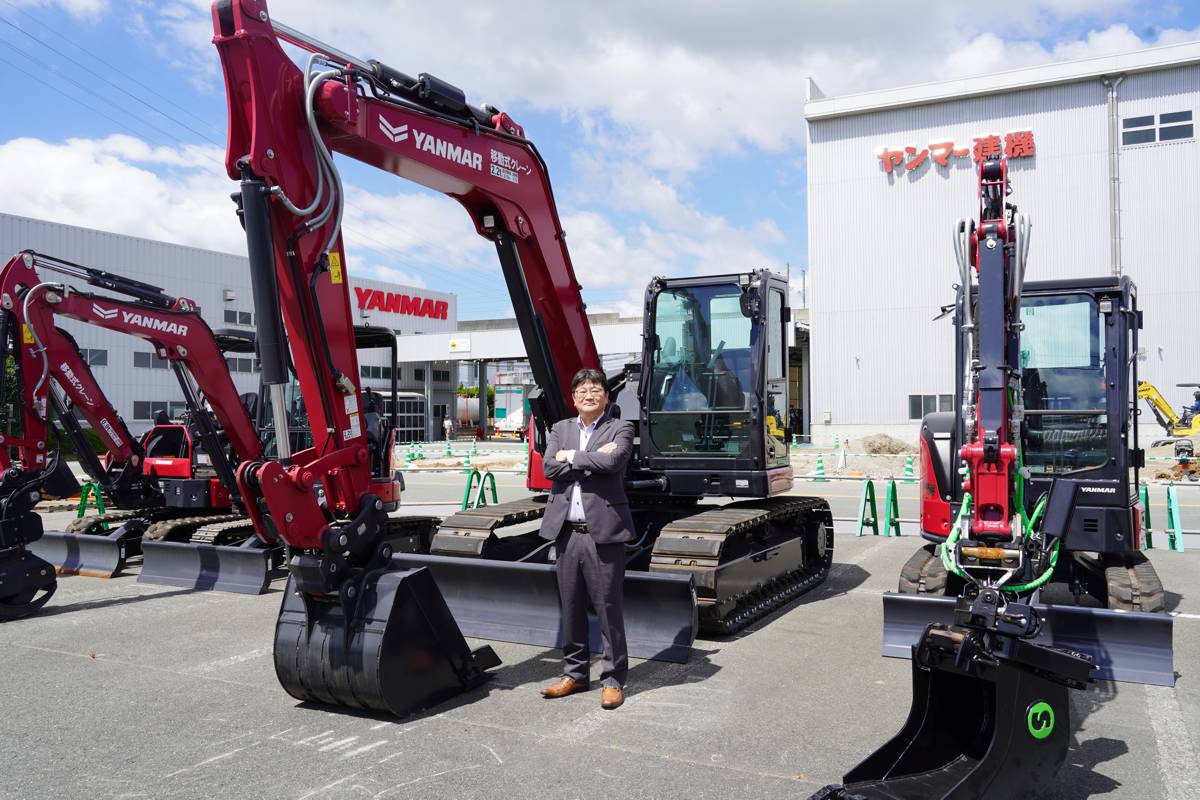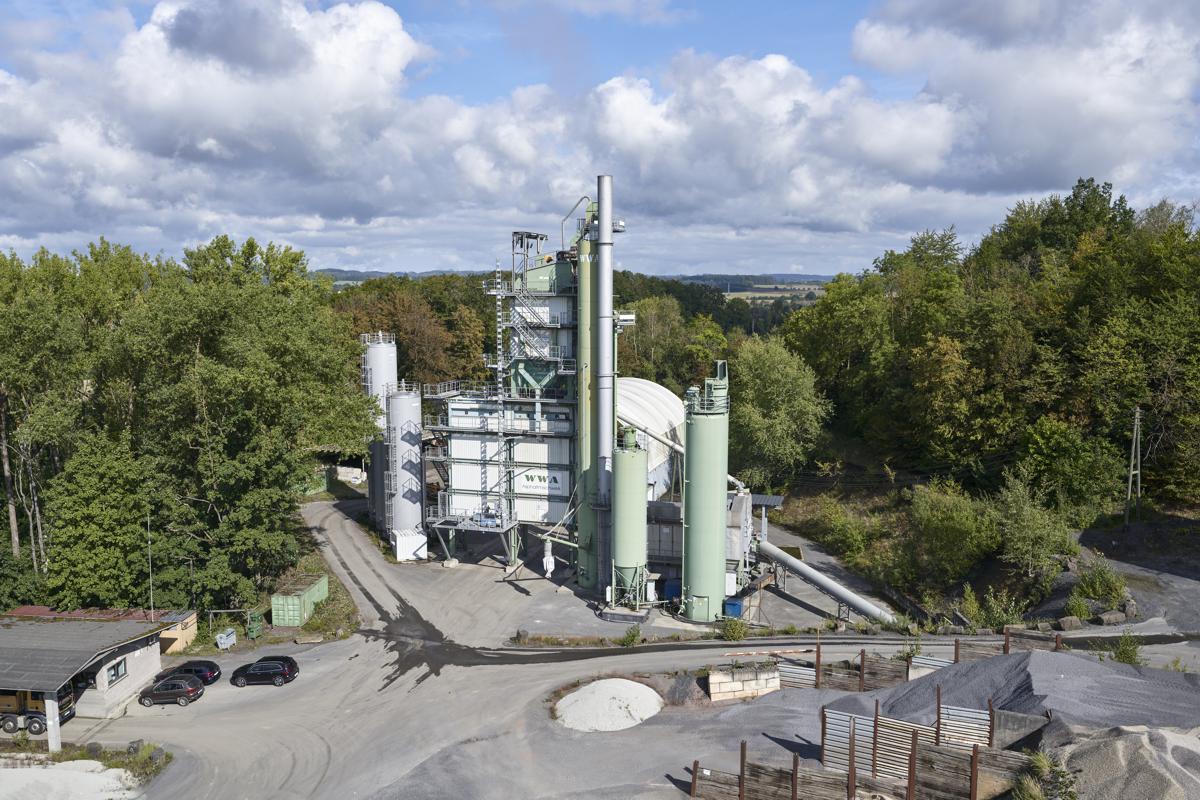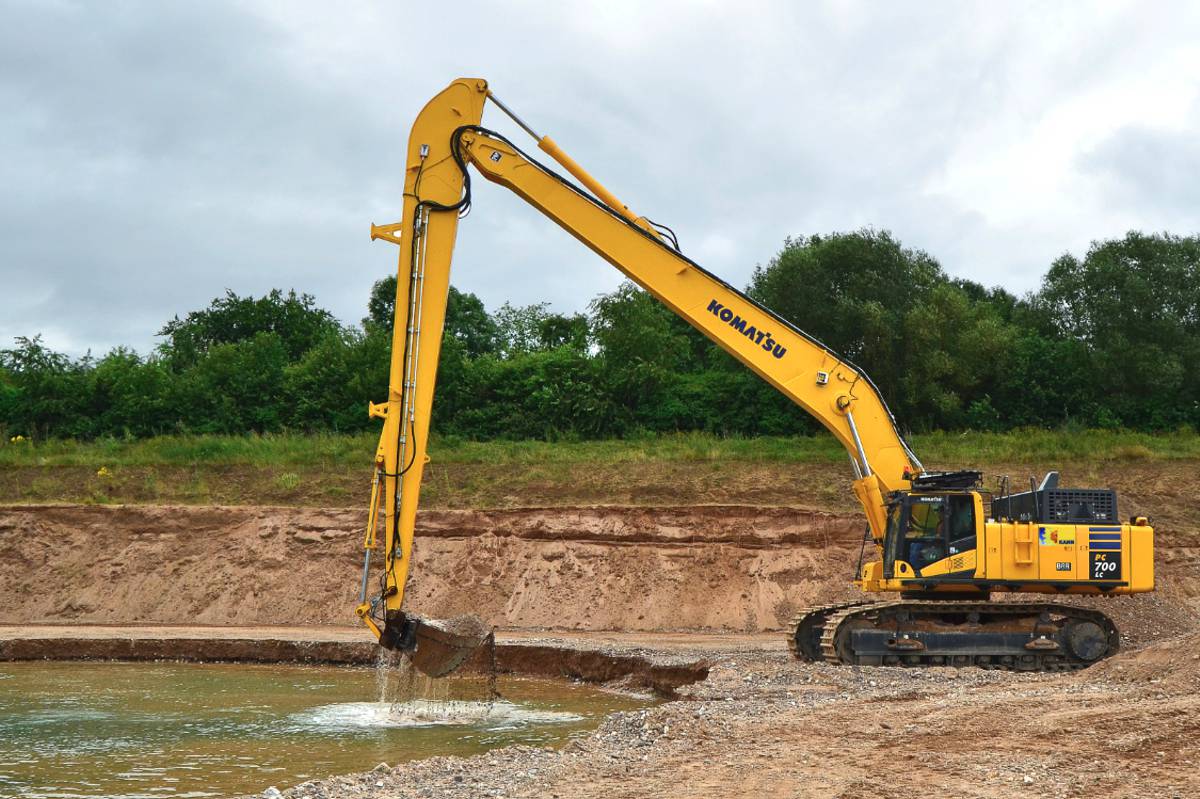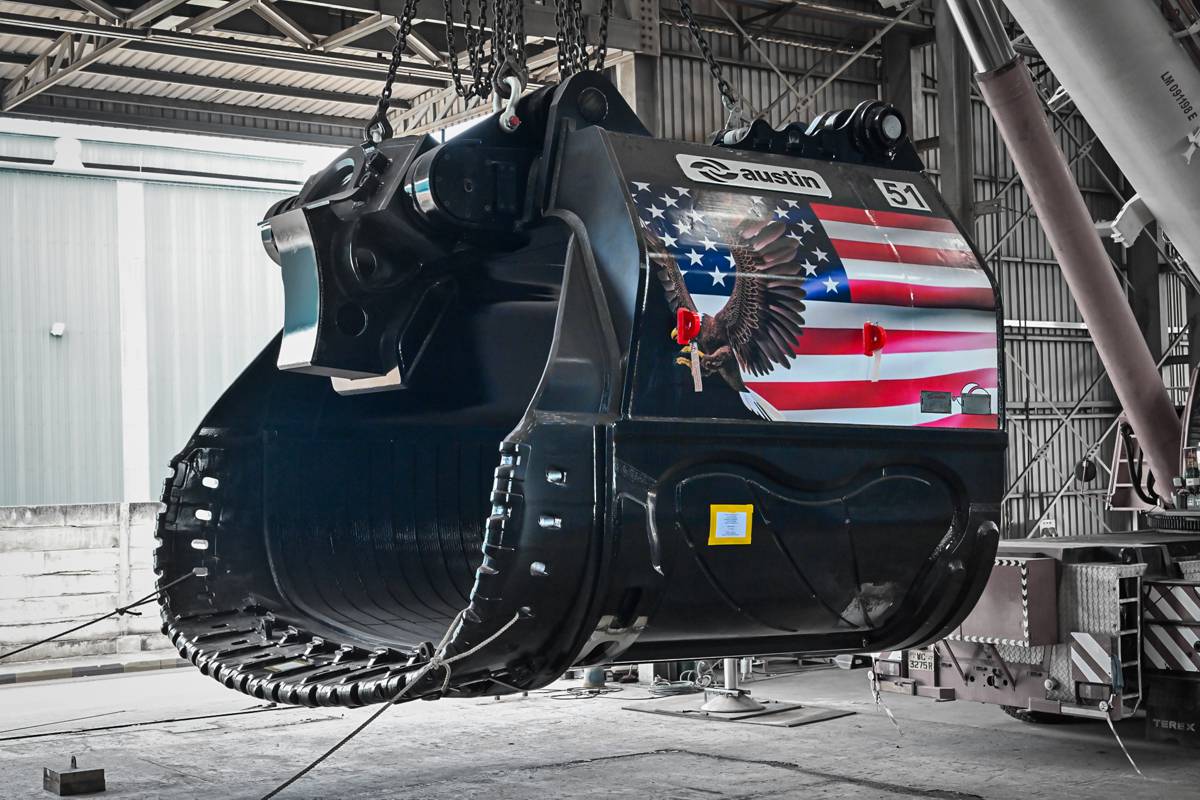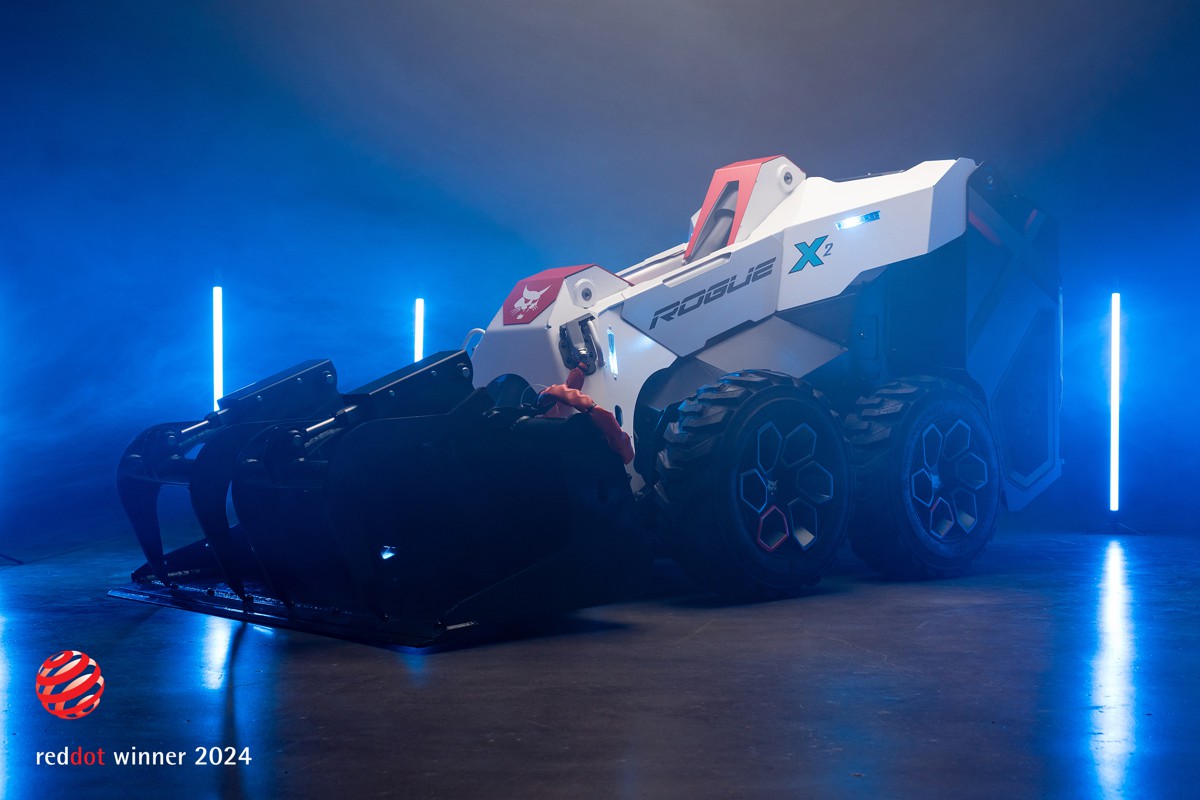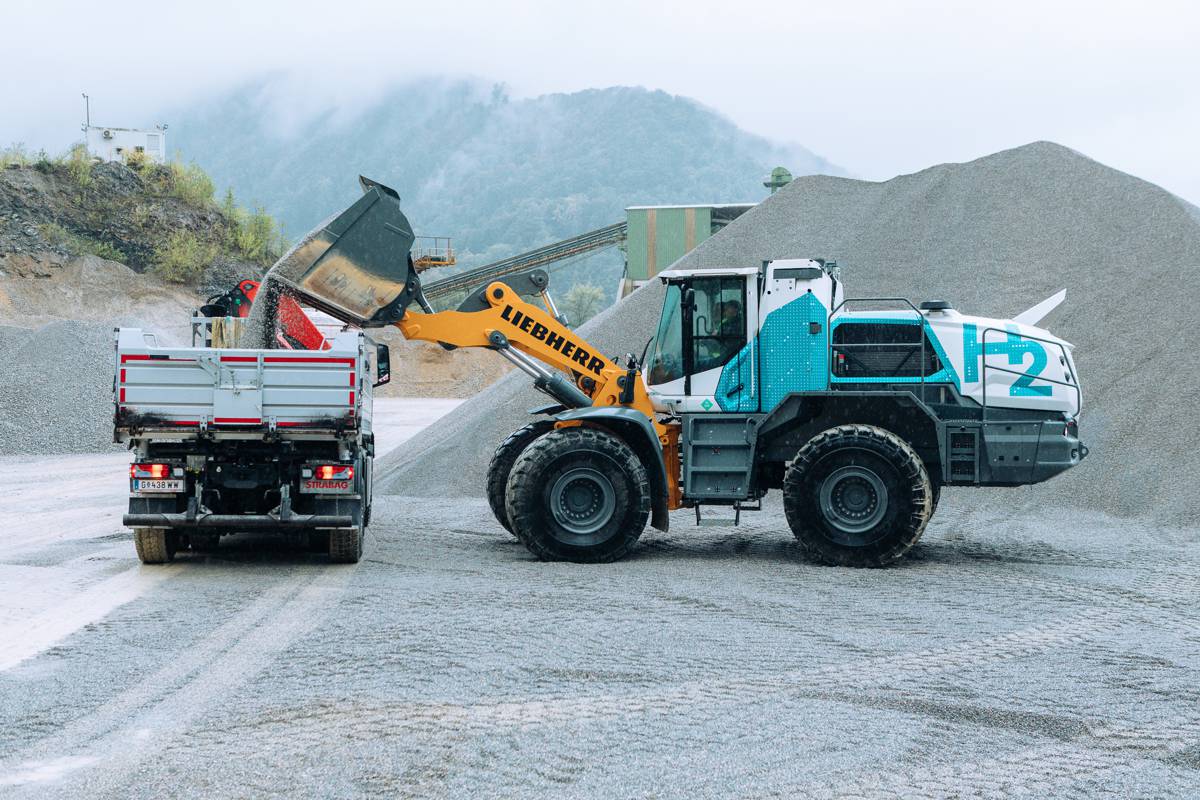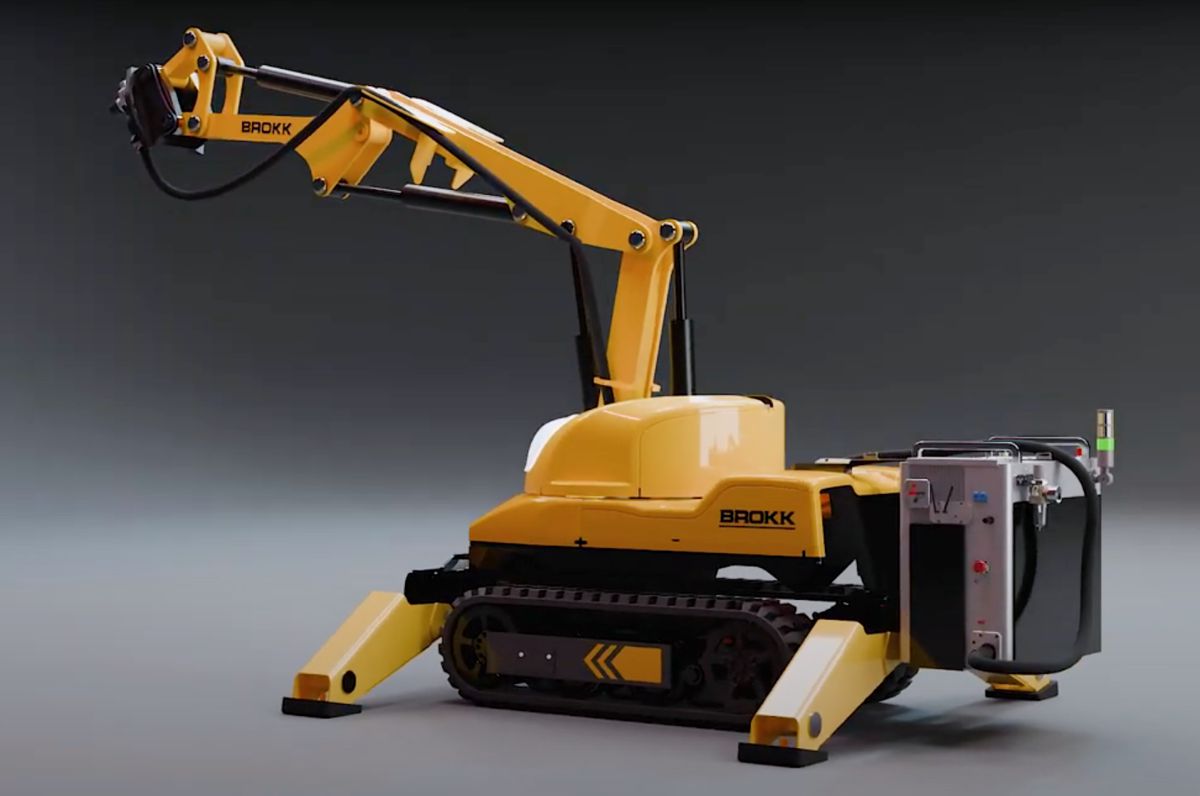What are skid steers used for?
A skid-steer is a construction vehicle that can be used for a wide variety of tasks. It usually includes a bucket as a default attachment, but that doesn’t mean it can’t be switched out.
Different attachments are available to assist in various construction or landscape projects you may face. While skid-steers are usually on the smaller side, there are different sizes available for different jobs as well.
Behind the Name
Where the skid-steer got its name can help describe the kinds of jobs it is suitable for.
What sets a skid-steer apart from many other pieces of equipment is that the angle of its wheels or tracks are fixed to only point straight ahead. This makes the navigation of this machine different to any other.
An easy way to understand this is to imagine a skid-steer as a four-wheel-drive piece of equipment; the left and right side are in sync, but move independently from each other. Instead of steering like you would in a regular vehicle by angling the wheels, you instead speed up one side or the other in order to drag, or skid, the piece of equipment across the ground. Hence the name: skid-steer.
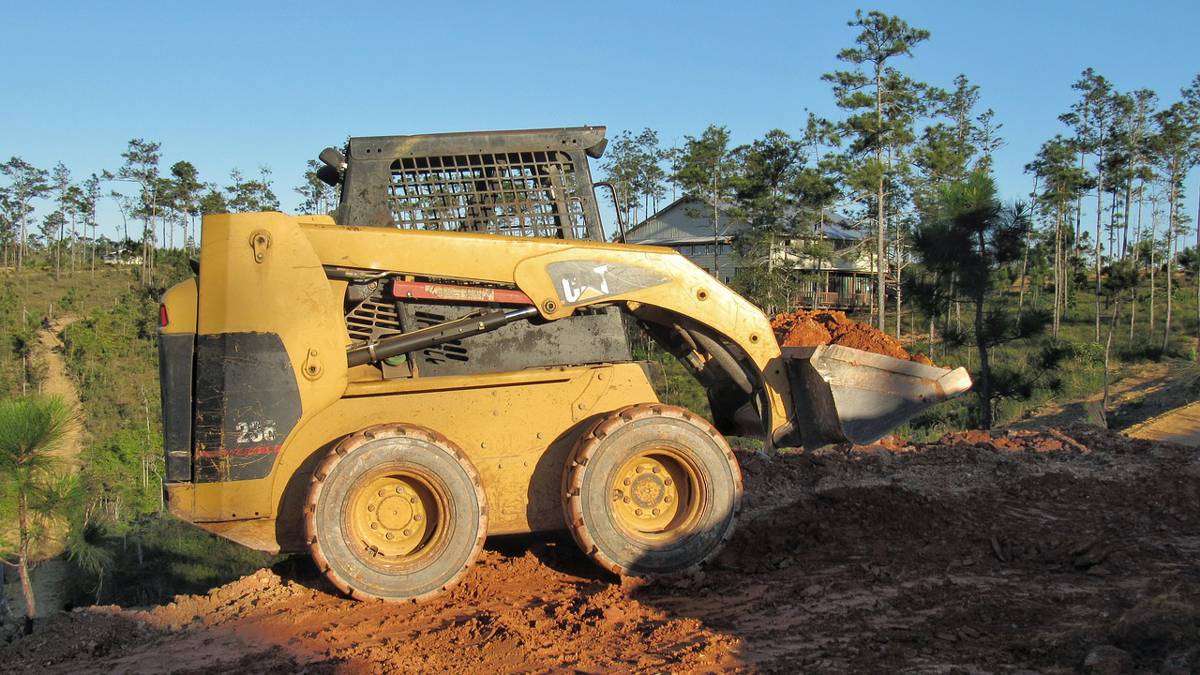
Tracks or Wheels
A major component to a skid-steer is its tracks or wheels. Tracks, unlike wheels, disperse weight evenly over a larger surface area. It’s this dispersion of weight that allows for improved stability and easier manoeuvring over difficult terrain and less than ideal conditions.
Products from companies like Fortis HD are a good choice because they:
- Offer premium quality products at a low cost
- Offer quick delivery
- Make ordering online simple
- Have 100% payment protection
- Offer multi-year warranties
The downside to using tracks is that they require replacement much more often than wheels. That being said, Fortis skid steer tracks are affordable and typically longer lasting products.
However, if the work you’re doing is on even ground like pavement or concrete, wheels may still be the better option. Wheels are more efficient when working on flat-ground job sites, and will allow for less wear than tracks would, meaning they’ll need to be replaced less and will be more economical for jobs that require travelling large distances.
Sizing
Skid-steers are available in three different sizes:
- Small: Small skid-steers are great for jobs that require fitting into tight spaces. This can include interior demolition, construction that’s underground, or more precise jobs like landscaping. Their small size makes them lighter as well, which is a benefit if they need to be transported.
- Mid-size: The mid-size skid-steer is a versatile option because it’s still on the smaller and lighter-weight side of equipment, but has more power and capacity. This makes it ideal for digging in tighter areas which a backhoe wouldn’t be able to navigate.
- Large: For heavy-duty jobs, the large skid-steer is what you’ll want – this can include demolition projects, excavation and roadbuilding. While a large skid-steer will still be smaller than more heavy-duty construction equipment, it’ll be heavier and more difficult to load and manoeuvre than your smaller skid-steers.
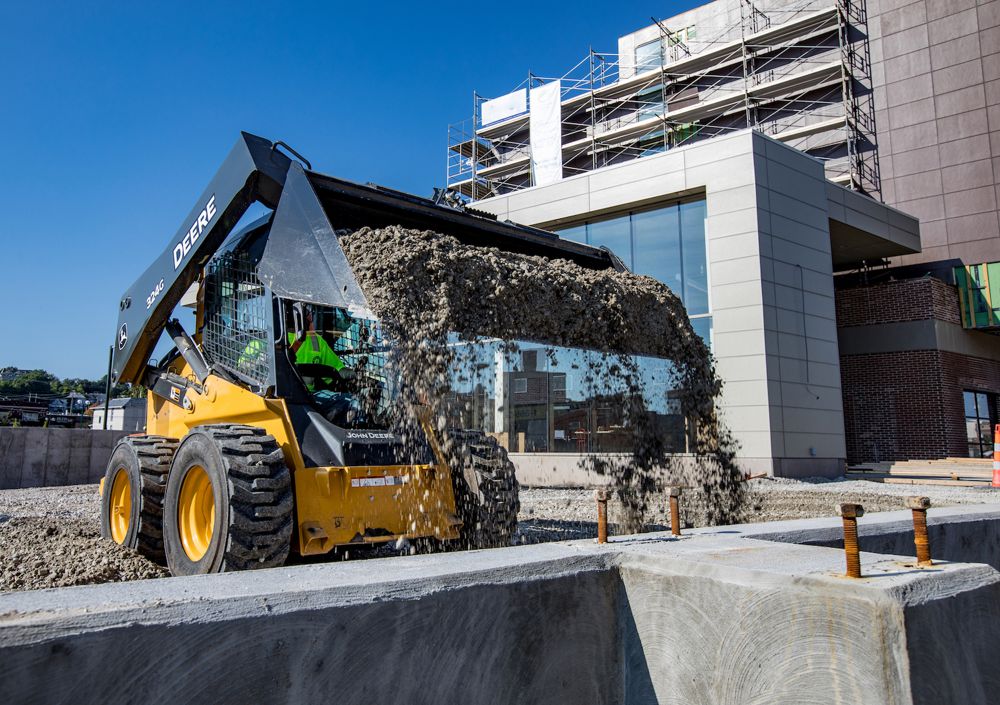
What Can Skid Steers Do?
Skid-steers can be used for a large variety of jobs and tasks, making them versatile and necessary equipment for almost any work site. Depending on the kind of attachments you have, skid steers have the ability to accomplish almost any task when used to their fullest capacity.
Some of these tasks include:
- Demolition: Skid-steers are great for both interior and exterior demolition jobs. By attaching demolition sheers, a skid-steer can demolish flooring, concrete, drywall, and other difficult materials. Since they come in smaller sizes, skid-steers are great for compact and precision demolition as well.
- Roadwork: Whether building or maintaining roads, skid-steers can utilize a cement mixer or pavement miller attachment. Using other attachments, a skid-steer can also grade, pave, or patch roads as necessary.
- Snow and Debris Removal: A bucket attachment can be used to clear snow as well as other debris. Plus, there are snowblower or snow blade attachments available for those tougher winters, where more serious snow removal is necessary.
- Excavating, Digging, and Trenching: When your project requires earthmoving tasks such as digging, excavating or trenching, the skid-steer has you covered. Attachments like back hoes, augers, and wheel saws can all be used as they are needed, allowing a skid-steer to not only fix potholes, but to dig entire foundations as well.
- Grading and Backfilling: Not only can skid-steers dig holes, but fill them also. They can even level the ground and aerate it as well, using a bucket, rake, or grading bar. They can scoop rocks, create trenches, and so much more.
- Loading: Skid-steers have the capability to carry equipment and materials around the jobsite with speed and ease. Heavier materials which need to be lifted can be done so with the bucket attachment of a skid-steer, especially if you’re utilizing a radial lift skid-steer, which allows for the lifting of heavier loads and higher reach.
- Mowing: Skid-steers offer the option to mow with the rotary brush cutter attachment, which can cut down tall grasses and even some small trees. The zero-turn capabilities of a skid-steer make them great for precision mowing and offer more abilities than even a typical riding mower does.
- Landscaping: Grinding stumps, wood chipping, and tilling are all landscaping tasks which a skid-steer can accomplish with ease.
- Agricultural Work: Anyone who has worked on a farm can attest to the usefulness of a skid-steer for tasks such as cleaning out barns and stables, moving bales of hay, and other tasks that would normally be considered labour-intensive.

Attachments
Many of the jobs listed above require, as mentioned, skid-steer attachments. Here is a list of some of the most common skid-steer attachments:
- Auger attachments
- Bucket
- Dozer blade
- Saw
- Snow blower/plow
- Bale spear
While these are some of the most popular attachments used on a skid-steer, they are in no way all the attachments that are available. If you have a specific project in mind, there’s bound to be an attachment that will be of use to you.

Conclusion
A skid-steer is a much more versatile piece of equipment than many would probably realize. From moving heavy equipment, to digging holes, demolishing buildings and helping out on the farm, there are few limits to the work a skid-steer can accomplish.



